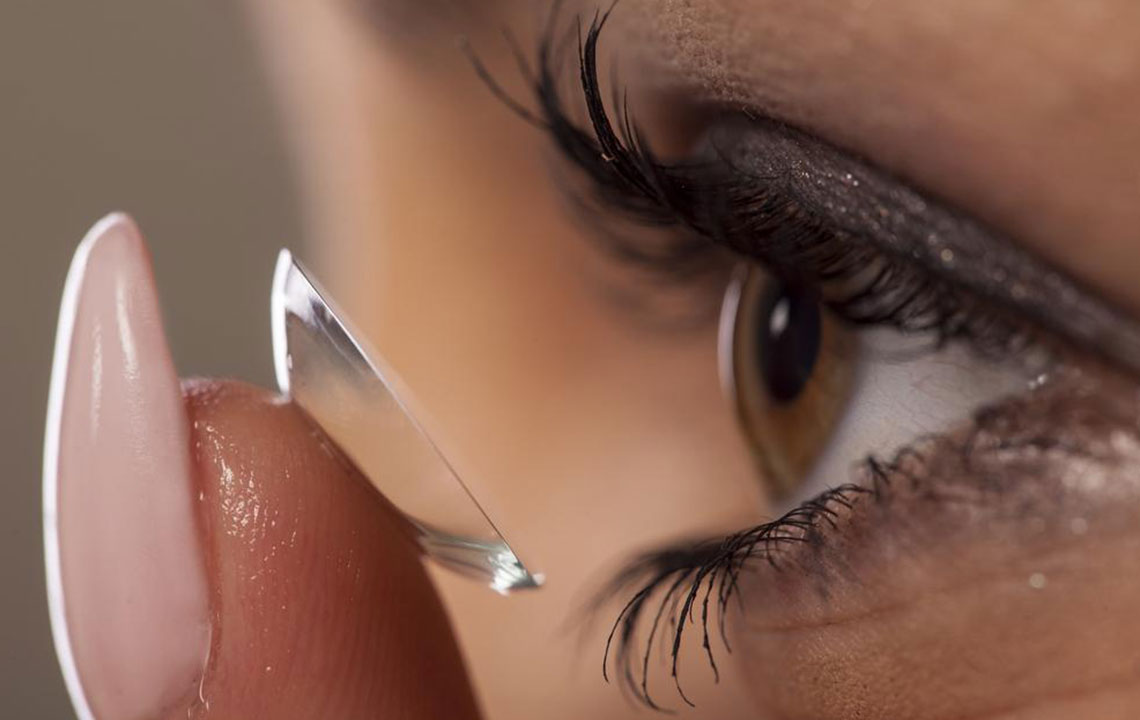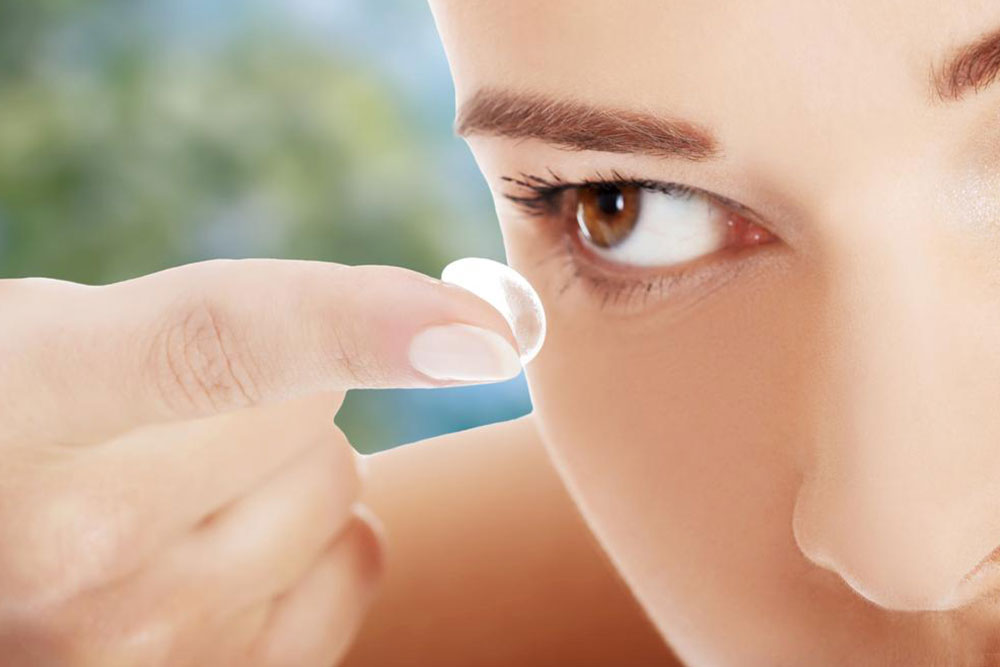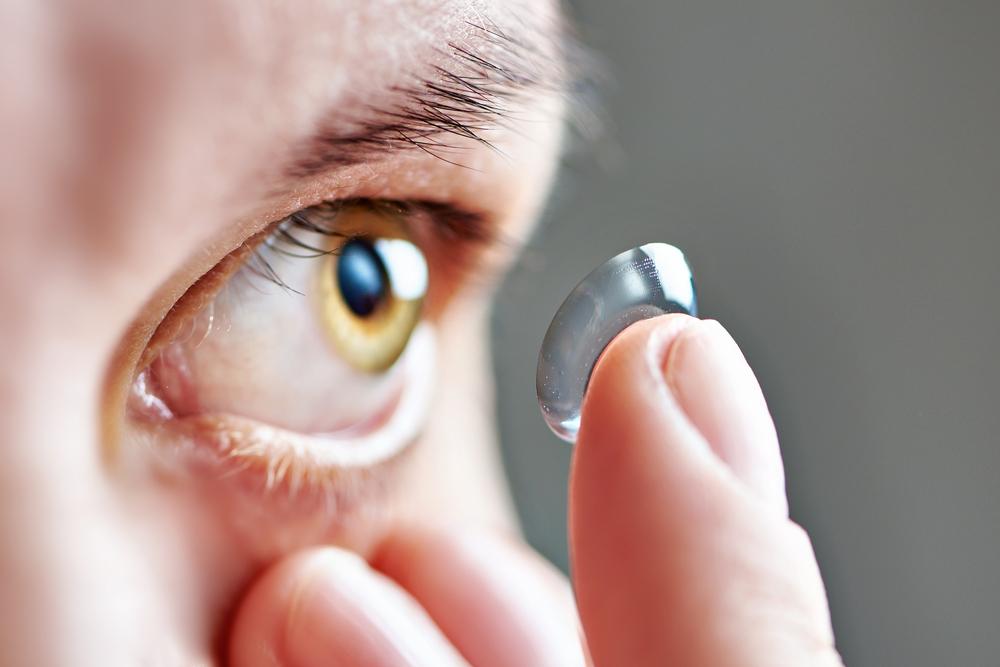Selecting the Optimal Contact Lenses for Dry Eye Conditions
Discover effective tips for choosing the best contact lenses tailored for dry eye sufferers. This guide covers lens materials, water content, size, and additional precautions to enhance comfort and eye health. Learn how to improve your contact lens experience with expert advice designed to minimize dryness and discomfort.

Tips for Choosing the Right Contact Lenses for Dry Eyes
Maintaining good eye health is essential, and ignoring eye issues can lead to serious problems. Common eye concerns include allergies, seasonal irritations, infections, and vision problems. Individuals experiencing multiple issues often struggle to find suitable solutions. One common challenge is managing dry eyes, especially when using contact lenses. With over 30 million Americans choosing contact lenses daily, understanding how to pick the best lenses for dry eye relief is vital.
Many prefer contact lenses over glasses for their aesthetic and comfort benefits. However, dry eye conditions can make lens wear uncomfortable. Picking the correct type of contact lens is crucial for comfort and eye health. Let’s explore how to select the most suitable contact lenses for dry eyes.
First, understand the link between dry eyes and contact lenses. Dry eye syndrome impairs the eye’s ability to produce sufficient moisture, resulting in redness, pain, and inflammation. When wearing contact lenses under such conditions, discomfort intensifies due to inadequate lubrication, which can cause significant pain.
Use of Eye Drops
Lubricating eye drops can greatly enhance comfort for dry-eyed contact lens wearers. Doctors may also recommend treatments that help retain eye moisture longer, such as procedures that prevent quick dehydration of the eyes.
Lens Materials
For dry eyes, selecting lenses made from breathable, water-based materials is essential. Soft lenses crafted from hydrogel plastics are ideal because they allow oxygen flow and retain moisture. Daily disposable soft lenses are preferable to avoid protein buildup and reduce dryness.
Water Content of Lenses
The water level in soft lenses impacts comfort; lenses with too much water can worsen dryness, while appropriately balanced lenses offer better comfort. Testing various water content levels helps find the best fit for your eyes.
Lens Size
The size of the lens influences dryness and comfort. Standard lenses cover the iris, but larger lenses covering the entire eye can help minimize moisture loss. These larger lenses also permit oxygen passage, making them more comfortable for prolonged wear.
Considering these factors will help you choose the best contact lenses for dry eye relief.









